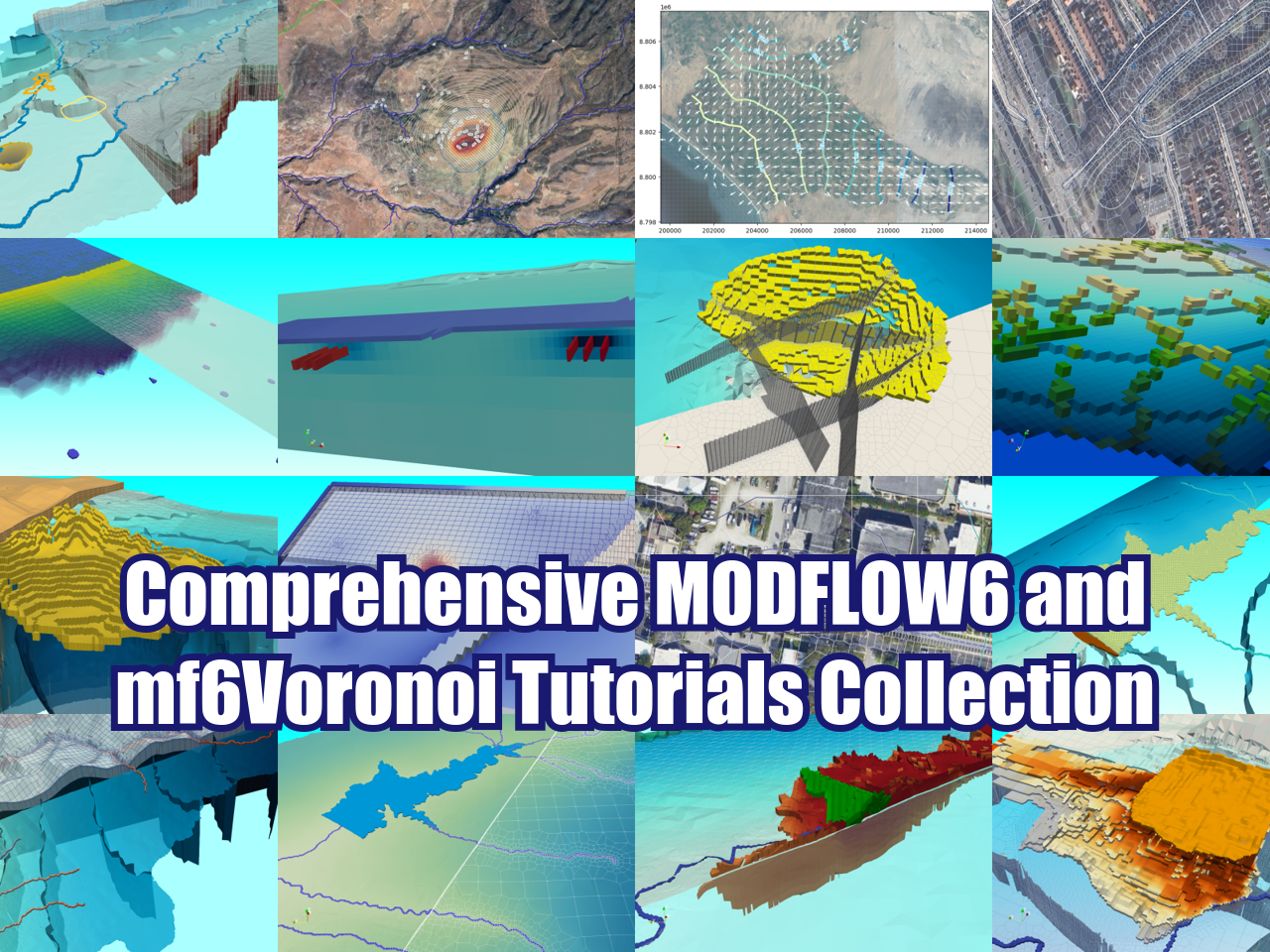Land Cover Change Analysis with Python and GDAL - Tutorial
/Satellite imagery brought us the capacity to see the land surface on recent years but we haven’t been so successful to understand land cover dynamics and the interaction with economical, sociological and political factors. Some deficiencies for this analysis were found on the use of GIS commercial software, but there are other limitations in the way we apply logical and mathematical processes to a set of satellite imagery. Working with geospatial data on Python gives us the capability to filter, calculate, clip, loop, and export raster or vector datasets with an efficient use of the computational power providing a bigger scope on data analysis.
This tutorial shows the complete procedure to create a land cover change raster from a comparison of generated vegetation index (NDVI) rasters by the use of Python and the Numpy and GDAL libraries. Contours of land cover change where generated with some tools of GDAL and Osgeo and an analysis of deforestation were done based on the output data and historical images from Google Earth.
Tutorial
Python code
This is the Python code for the tutorial:
Import requires libraries
This tutorial uses just Python core libraries, Scipy (Numpy, Matplotlib and others) and GDAL. For Windows users, the most effective way is to download the GDAL Wheel from https://www.lfd.uci.edu/~gohlke/pythonlibs/ and install through pip.
from osgeo import ogr, gdal, osr
import numpy as np
import os
import matplotlib.pyplot as pltSetting up the input and output files
We declare the path for the raster bands and the output NDVI and land cover change rasters. The land cover change contour shape path is also defined.
#Input Raster and Vector Paths
#Image-2019
path_B5_2019="../Image20190203clip/LC08_L1TP_029047_20190203_20190206_01_T1_B5_clip.TIF"
path_B4_2019="../Image20190203clip/LC08_L1TP_029047_20190203_20190206_01_T1_B4_clip.TIF"
#Image-2014
path_B5_2014="../Image20140205clip/LC08_L1TP_029047_20140205_20170307_01_T1_B5_clip.TIF"
path_B4_2014="../Image20140205clip/LC08_L1TP_029047_20140205_20170307_01_T1_B4_clip.TIF"
#Output Files
#Output NDVI Rasters
path_NDVI_2019 = '../Output/NDVI2019.tif'
path_NDVI_2014 = '../Output/NDVI2014.tif'
path_NDVIChange_19_14 = '../Output/NDVIChange_19_14.tif'
#NDVI Contours
contours_NDVIChange_19_14 = '../Output/NDVIChange_19_14.shp'Open the Landsat image bands with GDAL
In this part we open the red (Band 4) and near infrared NIR (Band 5) with commands of the GDAL library and then we read the images as matrix arrays with float numbers of 32 bits.
#Open raster bands
B5_2019 = gdal.Open(path_B5_2019)
B4_2019 = gdal.Open(path_B4_2019)
B5_2014 = gdal.Open(path_B5_2014)
B4_2014 = gdal.Open(path_B4_2014)
#Read bands as matrix arrays
B52019_Data = B5_2019.GetRasterBand(1).ReadAsArray().astype(np.float32)
B42019_Data = B4_2019.GetRasterBand(1).ReadAsArray().astype(np.float32)
B52014_Data = B5_2014.GetRasterBand(1).ReadAsArray().astype(np.float32)
B42014_Data = B4_2014.GetRasterBand(1).ReadAsArray().astype(np.float32)Compare matrix sizes and geotransformation parameters
The operation in between Landsat 8 bands depends that the resolution, size, src, and geotransformation parameters are the same for both images. In case these caracteristics do not coincide a warp, reproyection, scale or any other geospatial process would be necessary.
print(B5_2014.GetProjection()[:80])
print(B5_2019.GetProjection()[:80])
if B5_2014.GetProjection()[:80]==B5_2019.GetProjection()[:80]: print('SRC OK')
PROJCS["WGS 84 / UTM zone 13N",GEOGCS["WGS 84",DATUM["WGS_1984",SPHEROID["WGS 84
PROJCS["WGS 84 / UTM zone 13N",GEOGCS["WGS 84",DATUM["WGS_1984",SPHEROID["WGS 84
SRC OK
print(B52014_Data.shape)
print(B52019_Data.shape)
if B52014_Data.shape==B52019_Data.shape: print('Array Size OK')
(610, 597)
(610, 597)
Array Size OK
print(B5_2014.GetGeoTransform())
print(B5_2019.GetGeoTransform())
if B5_2014.GetGeoTransform()==B5_2019.GetGeoTransform(): print('Geotransformation OK')
(652500.0, 29.98324958123953, 0.0, 2166000.0, 0.0, -30.0)
(652500.0, 29.98324958123953, 0.0, 2166000.0, 0.0, -30.0)
Geotransformation OKGet geotransformation parameters
Since we have compared that rasters bands have same array size and are in the same position we can get the some spatial parameters
geotransform = B5_2014.GetGeoTransform()
originX,pixelWidth,empty,finalY,empty2,pixelHeight=geotransform
cols = B5_2014.RasterXSize
rows = B5_2014.RasterYSize
projection = B5_2014.GetProjection()
finalX = originX + pixelWidth * cols
originY = finalY + pixelHeight * rowsCompute the NDVI and store them as a different file
We can compute the NDVI as a matrix algebra with some Numpy functions. The result can be exported as a raster using GDAL and the transformation parameters. In order to have a more effective and clear code we create a function to export rasters.
ndvi2014 = np.divide(B52014_Data - B42014_Data, B52014_Data+ B42014_Data,where=(B52014_Data - B42014_Data)!=0)
ndvi2014[ndvi2014 == 0] = -999
ndvi2019 = np.divide(B52019_Data - B42019_Data, B52019_Data+ B42019_Data,where=(B52019_Data - B42019_Data)!=0)
ndvi2019[ndvi2019 == 0] = -999
def saveRaster(dataset,datasetPath,cols,rows,projection):
rasterSet = gdal.GetDriverByName('GTiff').Create(datasetPath, cols, rows,1,gdal.GDT_Float32)
rasterSet.SetProjection(projection)
rasterSet.SetGeoTransform(geotransform)
rasterSet.GetRasterBand(1).WriteArray(dataset)
rasterSet.GetRasterBand(1).SetNoDataValue(-999)
rasterSet = None
saveRaster(ndvi2014,path_NDVI_2014,cols,rows,projection)
saveRaster(ndvi2019,path_NDVI_2019,cols,rows,projection)Plot NDVI Images
We create a function to plot the resulting NDVI images with a colobar
extentArray = [originX,finalX,originY,finalY]
def plotNDVI(ndviImage,extentArray,vmin,cmap):
ndvi = gdal.Open(ndviImage)
ds2019 = ndvi.ReadAsArray()
plt.figure(figsize=(20,15))
im = plt.imshow(ds2019, vmin=vmin, cmap=cmap, extent=extentArray)#
plt.colorbar(im, fraction=0.015)
plt.xlabel('Este')
plt.ylabel('Norte')
plt.show()
plotNDVI(path_NDVI_2014,extentArray,0,'YlGn')plotNDVI(path_NDVI_2019,extentArray,0,'YlGn')Create a land cover change image
We create a land cover change image based on the differences in NDVI from 2019 and 2014 imagery. The image will be stored as a separate file.
ndviChange = ndvi2019-ndvi2014
ndviChange = np.where((ndvi2014>-999) & (ndvi2019>-999),ndviChange,-999)
ndviChange
array([[-9.9900000e+02, 3.5470784e-02, 3.7951261e-02, ...,
3.1590372e-02, 3.8002759e-02, 2.6692629e-02],
[-9.9900000e+02, 3.7654012e-02, 5.8923483e-02, ...,
-5.8691800e-03, 1.8922418e-02, 1.9506305e-02],
[-9.9900000e+02, 3.2184020e-02, 3.7395060e-02, ...,
-6.3773081e-02, -3.0675709e-02, 3.8942695e-02],
...,
[-9.9900000e+02, -1.6597062e-02, 1.1402190e-02, ...,
2.7218461e-03, 2.5526762e-02, 6.6639006e-02],
[-9.9900000e+02, 5.9944689e-03, -4.0770471e-03, ...,
5.7501763e-02, 4.6757758e-03, 8.4484324e-02],
[-9.9900000e+02, -9.9900000e+02, -9.9900000e+02, ...,
-9.9900000e+02, -9.9900000e+02, -9.9900000e+02]], dtype=float32)
saveRaster(ndviChange,path_NDVIChange_19_14,cols,rows,projection)
plotNDVI(path_NDVIChange_19_14,extentArray,-0.5,'Spectral')Create Contourlines
Finally, the countour lines from the NDVI values are generated. This is done with tool from the GDAL library.
Dataset_ndvi = gdal.Open(path_NDVIChange_19_14)#path_NDVI_2014
ndvi_raster = Dataset_ndvi.GetRasterBand(1)
ogr_ds = ogr.GetDriverByName("ESRI Shapefile").CreateDataSource(contours_NDVIChange_19_14)
prj=Dataset_ndvi.GetProjectionRef()#GetProjection()
srs = osr.SpatialReference(wkt=prj)#
#srs.ImportFromProj4(prj)
contour_shp = ogr_ds.CreateLayer('contour', srs)
field_defn = ogr.FieldDefn("ID", ogr.OFTInteger)
contour_shp.CreateField(field_defn)
field_defn = ogr.FieldDefn("ndviChange", ogr.OFTReal)
contour_shp.CreateField(field_defn)
#Generate Contourlines
gdal.ContourGenerate(ndvi_raster, 0.1, 0, [], 1, -999, contour_shp, 0, 1)
ogr_ds = NoneInput data
You can download the input files from this link.




























